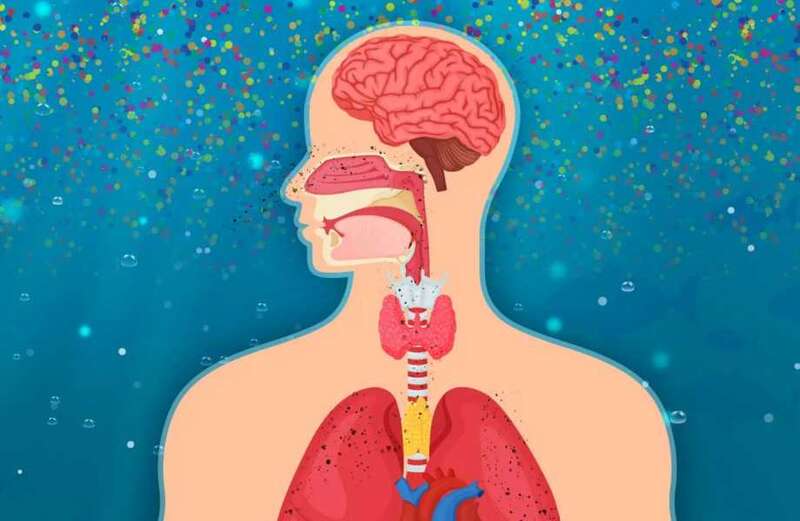THOUGH we don't realise it, we consume tiny chunks of plastic debris called microplastics every day.
As plastic in industrial waste and consumer goods breaks down, it sheds into smaller and smaller pieces, some of which can be invisible to the the naked eye and microscopic enough to inhale.


Measuring five millimetres at a minimum, they litter the ocean and atmosphere and can be found inside bottled water and even human poop.
They also tend to contain toxic polluting chemicals.
In 2019, scientists estimated that we breathe in 16 particles of microplastics every hour, adding up to the size of a credit card over a week.
 Extinction Rebellion ends disruption demos…piling pressure on Just Stop Oil
Extinction Rebellion ends disruption demos…piling pressure on Just Stop Oil
Now, researchers have looked into how the plastic debris can impact our airways and exactly where in the body they get lodged.
"Millions of tons of these microplastic particles have been found in water, air, and soil," the study's lead author, Mohammad S. Islam, a senior research fellow at the University of New South Wales, Sydney, said.
"Global microplastic production is surging, and the density of microplastics in the air is increasing significantly.
"For the first time, in 2022, studies found microplastics deep in human airways, which raises the concern of serious respiratory health hazards."
Published in in the journal Physics of Fluids, the study used a computer model to analyse where the tiny chunks tend to travel inside our airways, and where in our body they get deposited.
The researchers observed how they fared under slow and fast breathing conditions and how their shape influenced where they moved.
They found that the biggest chunks of microplastic — those measuring about 5.56 microns (one-seventieth the breadth of a human hair) — were the ones most likely to get lodged.
These tended to be found in the upper airways, such as in the nasal cavity and the back of the throat.
Authors said their study highlighted how exposure and inhalation of microplastics could be a "real concern", particularly in areas with high levels of plastic pollution or industrial activity.
Their next steps will be to investigate how the plastics are deposited inside human lungs, taking into account factors such as humidity and temperature.
 World’s first tractor powered by cow dung could help tackle climate change
World’s first tractor powered by cow dung could help tackle climate change
Research published last year revealed these particles can wreak havoc on your gut over time, changing it's microbiome composition, causing inflammation and instigating biochemical processes involved in the formation of cancer.



































